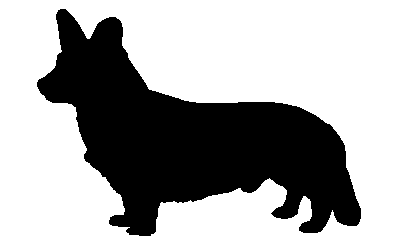 8
8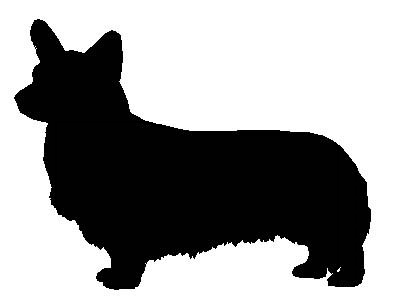
Cardigan Commentary International
|
Click on each image to see a second version which has lines drawn to show actual ratios.
The red box identifies a length which is double the dog's height at the withers including coat (double including coat method), with the left side of the box even with the foremost part of the coat covering the prosternum.
The solid blue lines indicate approximately the actual location of the prosternum and ischial tuberosity, minus coat.
The dotted line indicates what should be the correct length of 1.8 times the height at the withers, measuring from the actual point of the prosternum to the ischial tuberosity. Height of the withers is estimated to be at approximately the center of the angle between the base of the neck and the back.
All the measurements shown here are approximate and are what might be determined during a hands-on examination in the show ring, so actual measurements may be different.
 8
8
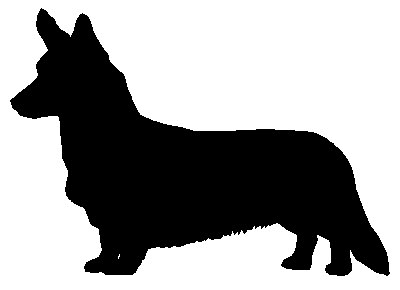 10
10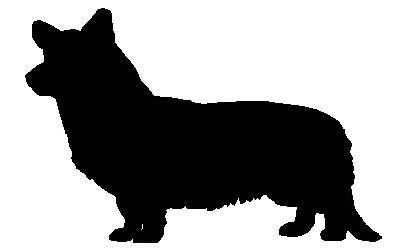 12
12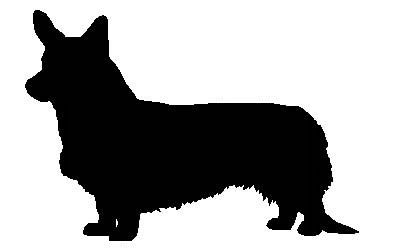
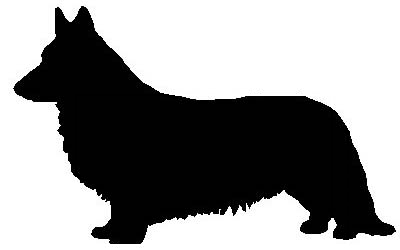 11
11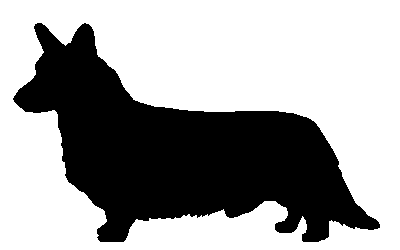
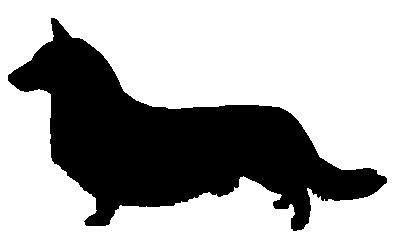 7
7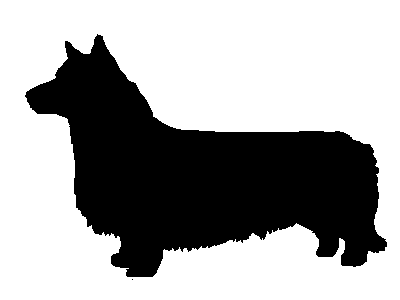
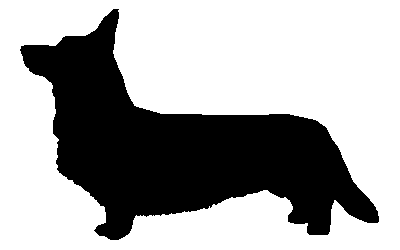 6
6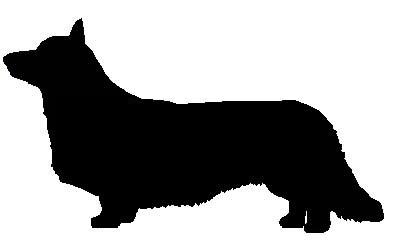
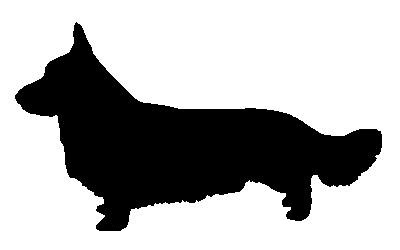
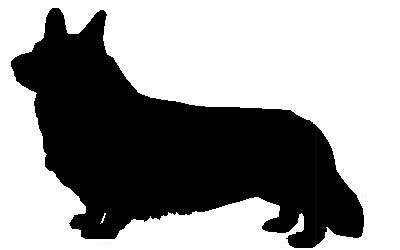 14
14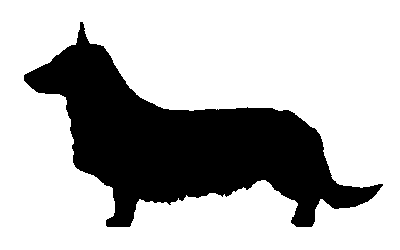
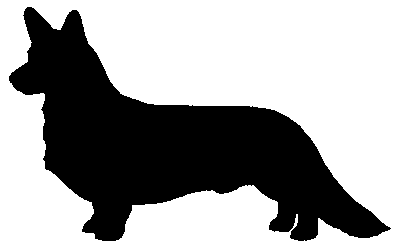
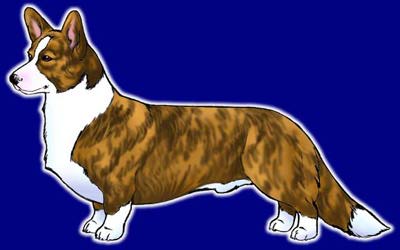
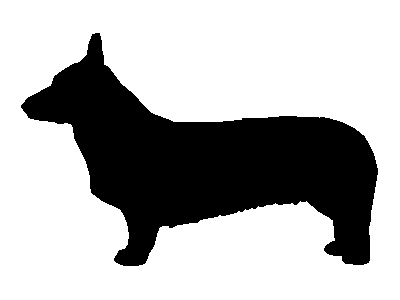
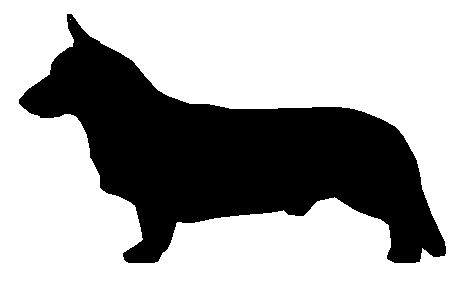
What is the point for all of this? Well, it primarily proves that the Cardigan Welsh Corgi as a breed, has an enormous amount of variety in structure and coat type which ultimately affects the judge's ability to identify correct ratios.
In some cases a fuller coat may hide a poor ratio, while a correct coat or close coat may make identifying a correct ratio more difficult. Dogs which are extremely 'long and low' may be selected for their eye appeal, but with measurement are not correct when compared to the ideal ratio outlined in the AKC standard.
All of the dogs used in these examples (with the exception of the CCI dog) have proven themselves in the show ring to be very good examples of the breed. Ratio and outline may be two of the most important things to consider, but must be taken as part of the whole when making an evaluation in the show ring.